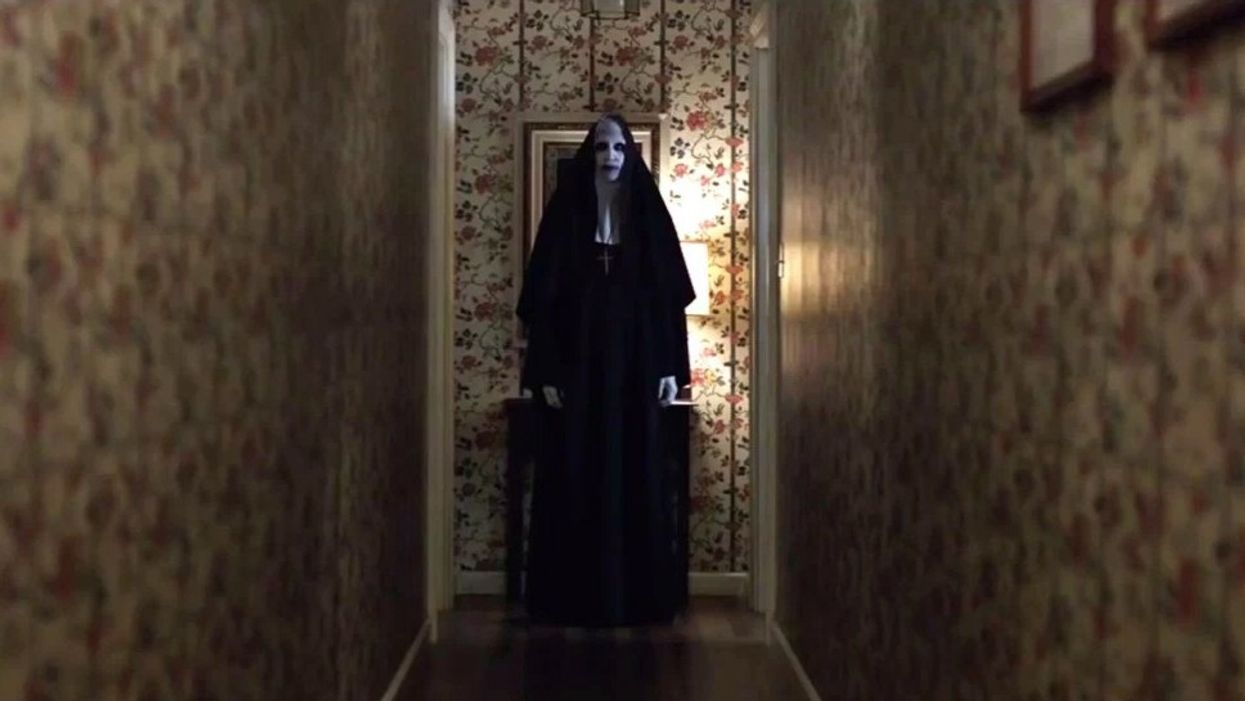Director James Wan often flies under the radar of "serious filmmakers," but he is essentially responsible for an entire resurgence of studio horror films that are actually good. When he was but a wee twenty-six years old with few credits to his name, the Aussie decided to put together a little, nine-minute, ultra-low budget short entitled SaW. A year later, backed by $1.2 million in funding from Evolution Entertainment, Wan re-made his short into a feature film. One that would go on to spawn six sequels.
This is a great example of how a short can be used to set the table for a feature film. It centers around two men, chained to opposite sides of a bathroom with a dead body in the middle of the floor, trying to figure out why and how they are there. By the end of the film, they realize the person lying on the floor is not dead, and he is, in fact, the reason they are locked in the room. Wan stripped down the larger film to its ultimate conflict, picked one location, cast three actors, and relied on his vision to carry the rest.
So what exactly are the components that make up this vision? Clearly, he has found a good formula. After Saw, Wan went on to create two more horror franchises with The Conjuring and Insidious. It may be best summed up with a Hitchcock quote: "There is no terror in the bang, only in the anticipation of it." As one video essayist from Invenire Films is keen to point out, James Wan follows this mantra and then produces a bang afterward.
The jump scare, when used ineffectively, causes the intelligent audience member to feel as if the director thinks they're stupid. The legitimacy of Wan's horror films comes from creating moments that only the most attentive audiences will find disturbing. He follows the philosophy that once your audience is fully engaged in the suspense of the film, it's easy to scare them and, more importantly, you've earned it as a filmmaker.
Wan carefully crafts the build-up to his scares, drawing them out to the point where sometimes the audience can react before the jump scare even happens. In his words, "Knowing when not to reveal details is just as important as knowing when to. This builds tension just as effectively."

We also learn that Wan believes audio plays an even more important role in horror than visuals do, saying "I've always said if I had to pinpoint what's more important in a scary movie, the soundscape or the visuals, I'd pick the sound." True to this belief, the scares in his films often begin with the protagonist investigating a strange noise they've heard; there is no exterior ambiance or music of any kind. In these long, unbroken, handheld shots the audience is truly put in the shoes of the character.
Suddenly, in the corner of the screen, we see (or think we see) a ghostly figure hidden in edge of the frame. Their appearance is almost unnoticeable. Again, this rewards only the most attentive of audiences.
As the essay states, Wan's strategy can be summed up as a "natural cohesion of visual and audio with a focus on drawn out suspense." So when you're making your horror short that will inevitably lead you into three multi-million dollar franchises, this would be a good tactic to keep in mind.












